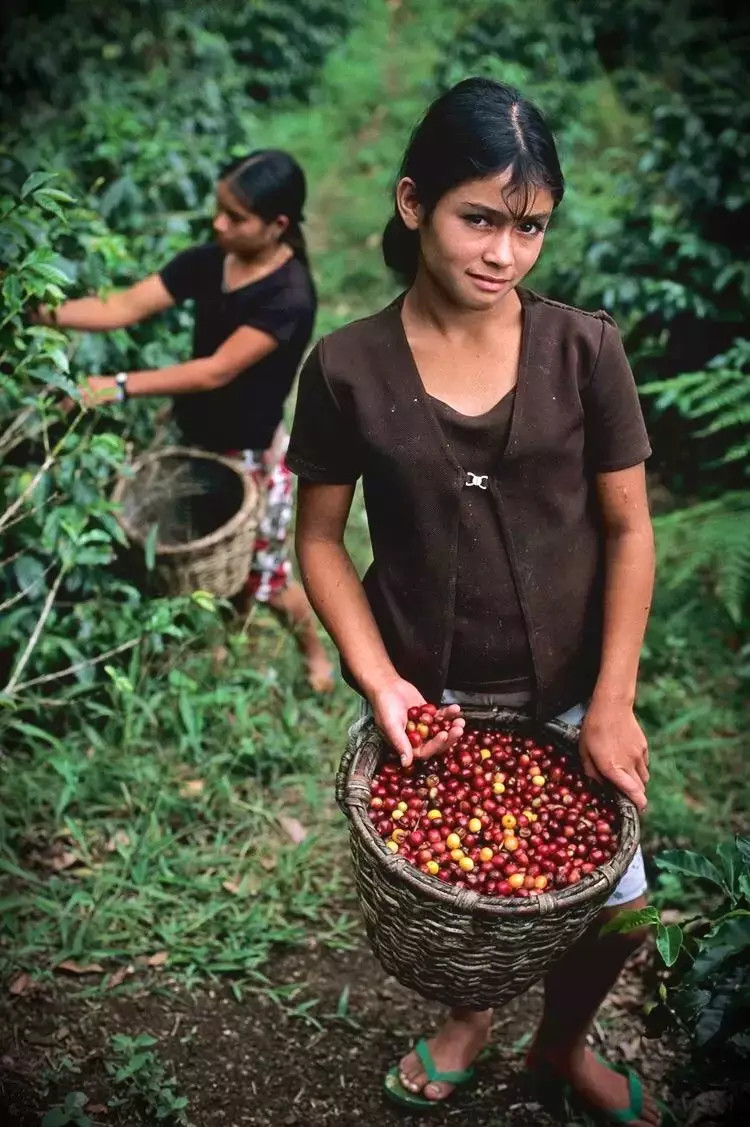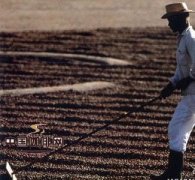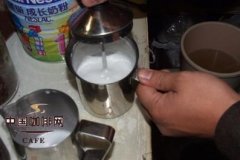Coffee bean treatment method what is the red wine treatment method?

2015 WBC contestant Sasa brought to the world a Colombian coffee bean that has gone through a similar wine-making process. In addition to the novel taste of beans, the "red wine treatment" that was adopted to treat beans also made editors as curious as many coffee lovers. What on earth is the so-called "red wine treatment"?

Before writing this article, the editor looked through all the data on the red wine-treated estates in Columbia, analyzed Sasa's description of the beans he chose during the competition, and looked at the mechanism of fruit fermentation in biology. Even so, there is still no detailed description in the data, including the official website description of the bean manor is only limited to the flavor. It is believed that this new way of handling is still in a state of secrecy and has not been popularized. of course, there is no comment.
Even though the details of red wine treatment are not known, the editor roughly summarizes the process description of "red wine treatment" by combining the consultation mentioned above and his own understanding of the wine fermentation process.
The red wine treatment of coffee beans, also known as red wine treatment, is inspired by the brewing technology of red wine. At present, only eight estates in Colombia have successfully introduced coffee beans treated with this method to the market. According to the data of these eight estates, we can roughly divide the types of red wine treatment into: acetic acid fermentation (Aerobic aerobic fermentation), lactic acid fermentation (Anaerobuic anaerobic fermentation), mixed fermentation (Mix Fermentation=Aerobic+Anaerobuic).
The traditional treatment method is difficult to control the changeable fermentation degree of coffee beans. But red wine treatment rules can ensure the quality of coffee beans by controlling PH value, even temperature and humidity, and airtight fermentation makes aroma less volatile.
Next, let's talk about the specific process of fermentation. First of all, Colombian farmers carefully pick coffee cherries and carefully select coffee red fruits to ensure that among the coffee cherries selected for processing, the percentage of immature cherries is less than 2%, defective beans less than 3%, and floating beans less than 5%.
The selected coffee cherries are placed in a specific container by the farmer's uncle (the beans used in the Australian barista Sasa competition are placed in a metal container). But in any case, the container should have a device similar to a red wine fermentation suppository or a single exhaust valve. In this way, carbon dioxide can be spilled through the device to control the concentration of air in the container. At this time, the coffee cherries in the container are fermented with acetic acid, and the beans are relatively bright, clean and citric acid.
According to Sasa's description in the competition, the processor injected carbon dioxide into the container to prevent oxidation from producing volatile acid, a process known as lactic acid fermentation, which produces malic acid and stone acid, which is relatively stable, so the beans fermented with lactic acid have a more mellow acidity, with cheese, nutty and creamy flavor.
As for the description of the difference between water and no water in the treatment of red wine, the editor is still in distress. The above contents still need to be considered, I hope you will discuss it more!
Reference sources:
Http://collaborativecoffeesource.com/2015/04/17/producer-profile-ana-lucia-martinez/ (this site is a foreign domain site)
Http://v.youku.com/v_show/id_XOTQxODMwMjAw.html?from=s1.8-1-1.2
The picture is from Pinterest
Thank you for your reading!
Sina Weibo: @ D-Union Coffee

Important Notice :
前街咖啡 FrontStreet Coffee has moved to new addredd:
FrontStreet Coffee Address: 315,Donghua East Road,GuangZhou
Tel:020 38364473
- Prev

Drying is the most traditional method of processing coffee beans
Drying is used on unwashed coffee beans. Wet processing is used on thoroughly washed or semi-washed coffee beans. Most arabica beans are processed wet, except for drying, which is more common in brazil and ethiopia. In Indonesia, some Robert beans are wet processed, but this is not common locally. drying method
- Next

The skill of beating milk foam with hands that are suitable for pulling flowers in the family.
In the understanding of coffee friends, milk foam can make perfect milk foam only on a professional coffee machine. It is generally believed that such milk foam can be used for coffee flower pulling (what utensils are needed for coffee flower pulling), but what we bring today is hand-beating milk foam. Use the simplest tools and milk powder to make hand-made milk bubbles suitable for flower-pulling in the family. First of all, let's talk about the materials needed for hand-beating milk foam: 1.
Related
- What is the meaning of lactic acid fermentation with coffee bean treatment?
- How to judge the state of foam by sound?
- How does the latte pull out the unicorn pattern? Come to get for a little trick to improve the flower pull!
- Will flower pulling affect the taste of the latte?
- Do you know the history of coffee?
- The difference between honey treatment and sun washing what is raisin honey treatment?
- What kind of milk can a novice use to make coffee foam to keep the foam longer? The correct method and skills of milking tutorial sharing
- Why do washed coffee beans taste sour? Flavor characteristics of washed Coffee
- Introduction to the skill of how to practice the size and height of water injection around the circle of hand-brewed coffee
- How do beginners practice coffee flower drawing from scratch?

